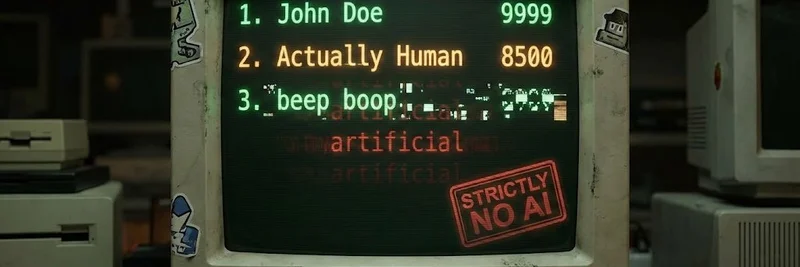Hey there, crypto enthusiasts! If you’ve been keeping an eye on the decentralized finance (DeFi) space, you’ve probably heard about the latest buzz around solver-based networks. A recent thread by Sprinter on X dives deep into this topic with their post titled "Building Economic Trust in Solver-Based Networks - Part 2." Co-authored by Alex Matt and Nad Roid, this thread is a goldmine of insights for anyone interested in how DeFi is evolving. Let’s break it down in a way that’s easy to digest, even if you’re new to the game!
What Are Solver-Based Networks?
First things first—let’s talk about solvers. In DeFi, solvers are like the smart middlemen who help execute trades and optimize transactions. They work within solver-based networks, which are systems that use algorithms and private liquidity to find the best ways to process orders. Think of it as a high-tech auction house where solvers compete to offer the best deal. But here’s the catch: not all solvers are on equal footing, and that’s where the conversation gets interesting.
The Role of Private Liquidity
The thread highlights a key point: access to private liquidity is quietly shaping who wins in this competition. Private liquidity refers to funds that aren’t publicly available but are controlled by certain solvers. Those with more capital and inventory can take bigger risks, fill larger orders, and snag better profits. It’s like having a secret weapon in a game—those with it dominate the leaderboard!
Sprinter’s team analyzed data from Across Protocol and CoW Swap, two big players in DeFi. Their findings? Execution is super concentrated, and solvers with deep pockets are running the show. This advantage allows them to extract higher margins while others struggle to keep up, even with great technology.
The Risk of Re-Centralization
Here’s where it gets a bit concerning. When only a few solvers with privileged access to liquidity win most of the auctions, it can lead to a quiet re-centralization. That’s a fancy way of saying the system might start looking less decentralized—the opposite of what DeFi promises. This could limit user choice, stifle innovation, and even drive up costs. Not exactly the open, fair marketplace we all hope for, right?
Why This Matters for DeFi
Solvers aren’t just background players; they’re the backbone of transaction pricing, order execution, and liquidity routing in DeFi. If competition shrinks, the whole ecosystem could suffer. That’s why the thread emphasizes designing systems that encourage contestability—making sure everyone gets a fair shot. This helps protect DeFi’s decentralization and keeps it healthy for the long haul.
A Call for Fairer Markets
So, what’s the solution? The post suggests making liquidity more accessible to level the playing field. Imagine if more solvers could tap into the same resources—suddenly, the market becomes more competitive, and users benefit from better prices and options. It’s a win-win, but it requires some clever design work to pull off.
What’s Next?
The thread wraps up with a shoutout to the teams at Across Protocol and CoW Swap for their collaboration. If you’re hungry for more details, check out the full post here. It’s a great read for anyone looking to deepen their understanding of DeFi’s inner workings.
At Meme Insider, we’re all about keeping you in the loop with the latest blockchain trends, even beyond meme tokens. This thread is a perfect example of how the tech world is evolving, and we’re excited to see where it leads. Got thoughts on this? Drop them in the comments—we’d love to hear from you!



